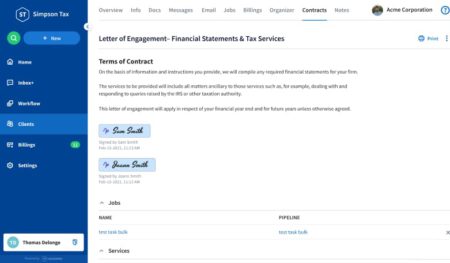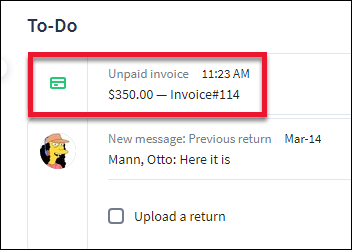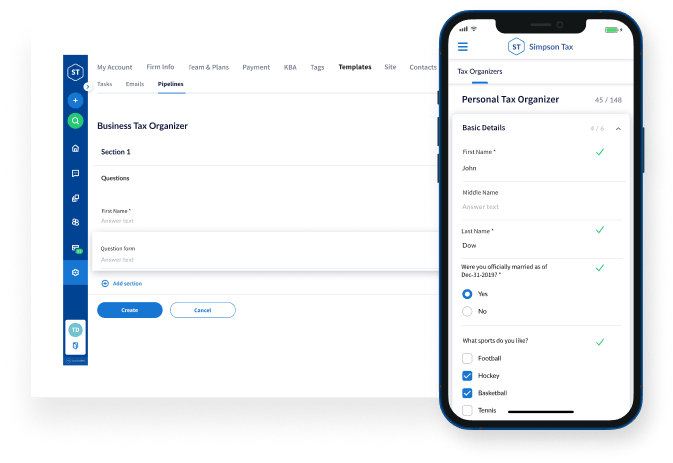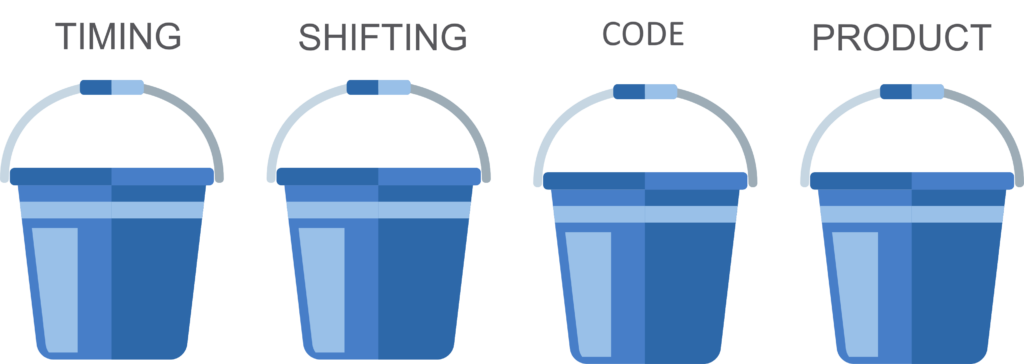Frequently Asked Questions
Is there a fee for an initial meeting?
Yes, our initial discovery meeting is $250. During this session, we will thoroughly review your tax situation and address any questions or concerns you may have. Should you choose to sign up for any of our services during the meeting, the $250 fee will be credited toward the cost of those services.
Does Plentybooks hold my money?
No, PlentyBooks does not hold custody over any of our client’s financial assets.










